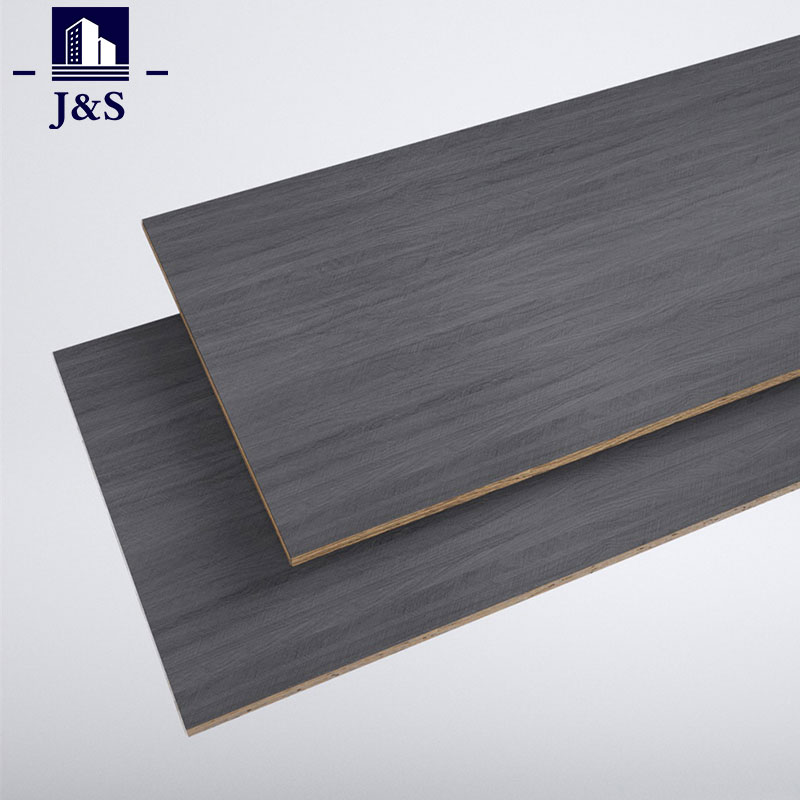The Battle of Materials: Acrylic Panel Kitchen Doors vs. Tradition
2023-12-12
Introduction:
The choice of materials for kitchen cabinet doors is a crucial decision that impacts both the aesthetics and functionality of the heart of the home. In recent years, acrylic panel kitchen doors have gained popularity, challenging traditional materials like wood and laminate. In this blog, we'll engage in a comparative exploration, examining how acrylic panel kitchen doors stack up against traditional materials in terms of resistance to wear, scratches, and stains.
Resistance to Wear:
- Acrylic panels showcase notable resistance to wear, making them well-suited for high-traffic areas like the kitchen. The durable acrylic laminate acts as a protective layer, ensuring that the glossy surface maintains its integrity over time.
Traditional Materials (Wood and Laminate):
- Traditional materials such as solid wood may be susceptible to wear and tear, especially in busy kitchens. While laminate offers a level of resistance, it may not match the durability of acrylic panels, particularly in environments prone to heavy use.
Resistance to Scratches:
Acrylic Panel Kitchen Doors:
- Acrylic panels shine in the realm of scratch resistance. The hard and smooth surface of acrylic makes it less prone to scratches, providing a resilient shield against the nicks and marks that can result from everyday kitchen activities.
Traditional Materials (Wood and Laminate):
- Solid wood, while rich in natural beauty, may be more susceptible to scratches compared to acrylic. Laminate, on the other hand, offers moderate scratch resistance, but it may not fare as well as acrylic in environments where the risk of scratching is higher.
Resistance to Stains:
Acrylic Panel Kitchen Doors:
- Acrylic panels excel in resisting stains, thanks to their non-porous surface. This characteristic makes them particularly suitable for kitchens where spills and stains are commonplace. The smooth surface allows for easy cleanup, preventing liquids from seeping into the material.
Traditional Materials (Wood and Laminate):
- While sealed wood can resist stains to some extent, it may require more vigilant maintenance to prevent long-term discoloration. Laminate, depending on its quality, can offer good stain resistance, but it may not match the stain-repelling properties of acrylic.
Maintenance and Cleanliness:
Acrylic Panel Kitchen Doors:
- Acrylic panels are easy to clean and maintain. Their non-porous surface resists dirt and grime, and a simple wipe-down with a mild cleaning solution is often sufficient to keep them looking pristine.
Traditional Materials (Wood and Laminate):
- Wood may require more delicate care to preserve its finish, and certain cleaning agents may not be suitable. Laminate is generally easier to clean, but the quality of the material can impact its long-term durability.
Conclusion:
In the battle between acrylic panel kitchen doors and traditional materials like wood and laminate, acrylic emerges as a strong contender in terms of resistance to wear, scratches, and stains. The modern elegance of acrylic, coupled with its durability and ease of maintenance, positions it as a formidable choice for contemporary kitchens. While traditional materials boast their own timeless charm, the advantages offered by acrylic panels make them a compelling option for those seeking a harmonious blend of style and practicality in their kitchen design.



